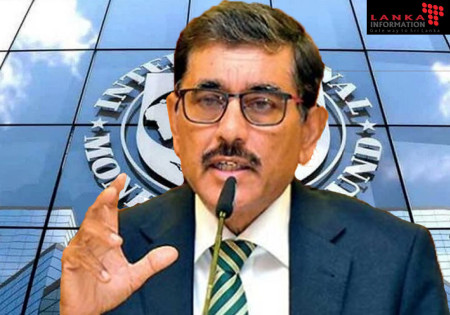On Tuesday, the IMF extended a long-awaited US$3 billion (S$4 billion) loan to the island nation, which has been reeling since 2021 from its worst economic crisis since independence.
The bailout comes with a structured four-year programme that requires Sri Lanka to achieve debt sustainability, shore up more foreign exchange to create a healthy reserve, and improve state revenue by raising taxes and slashing utility subsidies.
Sri Lanka owes around US$51 billion to external lenders, the repayment of which was suspended when its government declared bankruptcy in July 2022.
“During the programme period of four years, we are committed to bringing foreign exchange reserves back to levels we had before the crisis, which is about US$8 billion to US$9 billion – this is not comfortable, but it will be sufficient,” Central Bank of Sri Lanka governor Nandalal Weerasinghe told The Straits Times on Thursday.
The most Sri Lanka has ever had in reserve is US$10 billion, he said.
Among the sources of US dollars will be concessional loans of up to US$7 billion from the Asian Development Bank, the World Bank and other financial institutions, private investments, and export earnings, the governor added.


